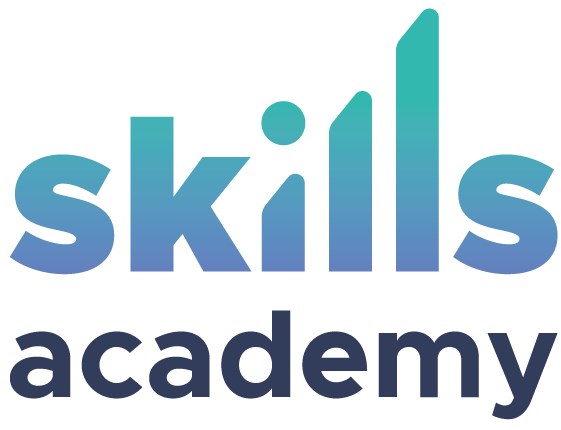Buying Heavy Machinery: A Comprehensive Checklist
Investing in heavy machinery is a significant resolution for any business concerned in industries akin to construction, mining, agriculture, or manufacturing. The suitable equipment can enhance efficiency, enhance productivity, and contribute to the general success of a project or operation. Nevertheless, given the substantial monetary commitment and the potential impact on operations, it’s crucial to approach this process methodically. Here’s a complete checklist to guide you through the process of buying heavy machinery.
1. Assess Your Needs
Before considering any purchase, it’s essential to clearly define what you need the equipment for. Consider the scope of your projects, the environments in which the machinery will operate, and the precise tasks it needs to perform. This step helps make sure that you select machinery that matches your operational requirements without overspending on unnecessary features.
2. Set a Budget
Once your wants are defined, set a realistic budget that features not just the acquisition worth, but additionally ongoing prices similar to fuel, maintenance, insurance, and operator training. Understanding the total price of ownership will assist you to make an informed financial choice and manage your cash flow effectively.
3. Research and Examine Brands and Models
With a transparent thought of what you need and a budget in place, research various brands and models to seek out equipment that best fits your criteria. Consider factors like performance records, fuel effectivity, ease of maintenance, and technological advancements. Evaluating these features across totally different brands can highlight the best worth proposition to your business.
4. Examine the Equipment
Whether or not shopping for new or used machinery, a thorough inspection is crucial. For new equipment, this involves making certain that every one parts are in perfect condition and that the machinery comes with all obligatory certifications and warranties. For used machinery, more detailed scrutiny is needed; check for signs of wear and tear, potential repairs, and the overall mechanical and operational condition. If doable, have a professional technician or engineer perform the inspection.
5. Consider Financing Options
Heavy machinery may be costly, and paying outright might not be possible for all businesses. Discover totally different financing options such as loans, leases, and rental agreements. Every option has pros and cons related to tax implications, ownership, and price over time, so consider what greatest fits your small business model and financial situation.
6. Evaluate Operational Prices
Understanding the operational costs related with new machinery is vital. This includes estimating the fuel consumption, common upkeep schedules, spare parts availability, and labor prices for operators. Factor in the efficiency beneficial properties the new equipment may provide, reminiscent of reduced operational time and lower energy consumption, which can offset some of these costs.
7. Assessment Safety Features
Safety have to be a previousity when purchasing heavy machinery. Modern equipment usually comes with enhanced safety features similar to backup cameras, proximity sensors, and automatic shutdown mechanisms. Make sure the equipment complies with all relevant safety standards and rules to protect your operators and reduce the risk of workplace accidents.
8. Check Regulatory Compliance
Depending on your location and industry, certain rules could govern the usage of heavy machinery. This would possibly embrace emissions standards, noise regulations, and operational permits. Be sure that any equipment you consider is compliant with these regulations to avoid fines and legal issues.
9. Plan for Training and Integration
Introducing new machinery into your operations will likely require training for operators and maintenance staff. Plan for this training and consider the time it will take for integration into your existing operations. Clean integration will allow you to maximize the return in your investment.
10. Post-Purchase Help and Warranty
Finally, consider the level of assist offered by the producer or seller after the purchase. This consists of warranty durations, customer support availability, and access to technical support. A strong support system can significantly affect the long-term value of your heavy machinery investment.
Purchasing heavy machinery is a posh process that requires careful planning and consideration. By following this checklist, you may make a more informed resolution that aligns with your business needs and budget, making certain that your investment contributes positively to your operational goals.
If you liked this post and you would certainly like to obtain more details pertaining to skid steer kindly check out our own web site.

Responses